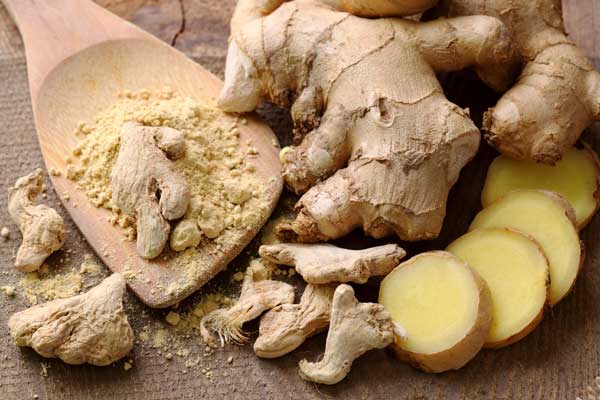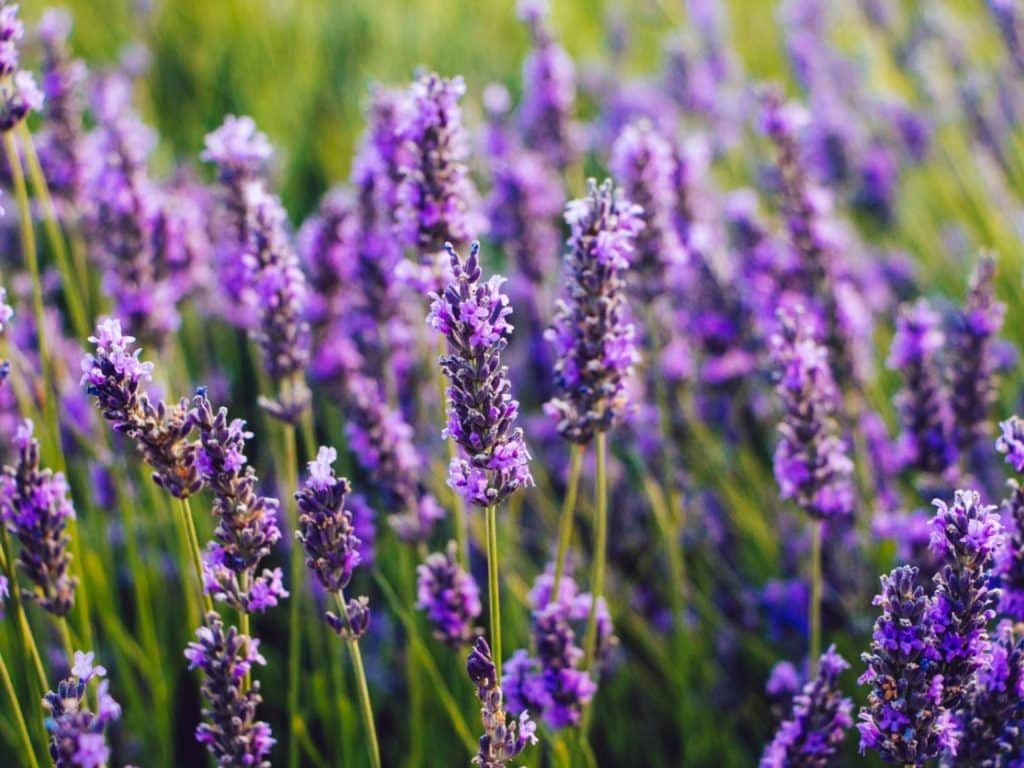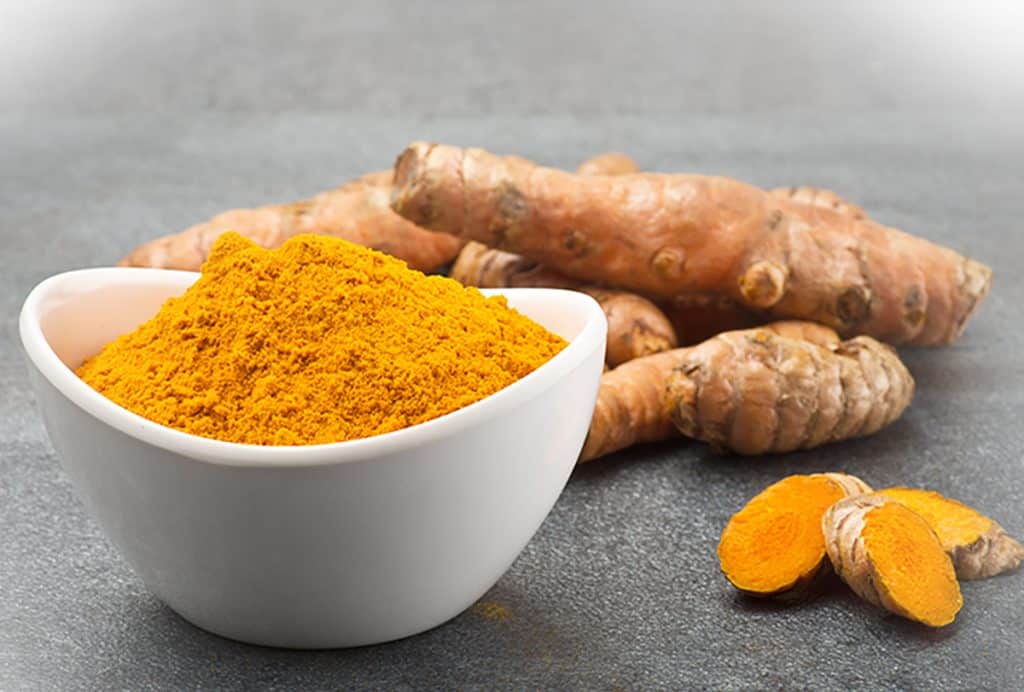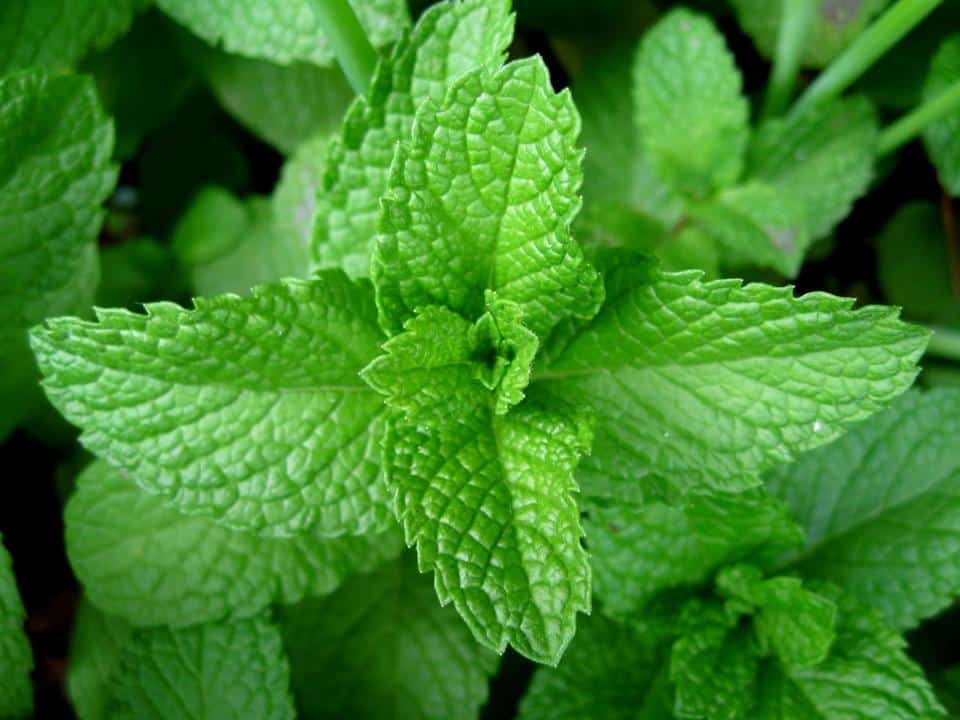Throughout history, the use of plants for medicinal purposes has been a cornerstone in various cultures around the world. This age-old practice, deeply rooted in traditional knowledge, has seen a revival in recent years, as more people seek natural alternatives for health and wellness. Nature’s pharmacy is not just a trend; it’s supported by a growing body of scientific research validating the efficacy of many plant-based remedies. The integration of these natural solutions with modern medicine offers promising prospects, emphasizing the importance of understanding and respecting nature’s own pharmacy.
Contents
Echinacea

Echinacea, a native North American plant, has a rich history in indigenous medicine, primarily used to treat infections and wounds. Its rise to fame in alternative medicine circles is largely due to its purported immune-boosting properties. Various parts of the plant, including its leaves, flowers, and roots, are utilized to make teas, extracts, and supplements. Echinacea is most commonly sought after for its potential to mitigate the severity and duration of cold symptoms, making it a staple in many households during flu season.
Recent scientific studies have provided mixed results regarding Echinacea’s effectiveness. While some trials suggest a modest benefit in preventing colds, others find no significant impact. However, research consistently shows that it might reduce the length of a cold by about a day and a half. These findings highlight the complexity of herbal medicine and the need for more comprehensive studies to fully understand Echinacea’s medicinal properties.
Ginger

Ginger, a versatile and widely used culinary spice, has a long-standing reputation in traditional medicine across various cultures, particularly in Asia. Known for its pungent and spicy flavor, ginger has been used for centuries to aid digestion, reduce nausea, and combat flu and cold symptoms. Its medicinal properties are attributed to gingerol, the bioactive compound that also gives ginger its distinctive flavor.
In the realm of scientific research, ginger has gained considerable attention for its health benefits. Studies have demonstrated its efficacy in alleviating nausea and vomiting associated with pregnancy and chemotherapy. Additionally, ginger’s anti-inflammatory properties have been explored for their potential in treating osteoarthritis pain and muscle soreness. This growing body of evidence supports ginger’s status as a powerful and natural remedy for a range of health issues.
Lavender

Lavender, renowned for its aromatic fragrance, has been used for centuries in various cultures for its calming and soothing properties. Traditionally, lavender oil is utilized in aromatherapy to alleviate stress, anxiety, and insomnia. The plant’s vibrant purple flowers are not only visually appealing but also rich in essential oils, which are extracted and used in various forms, including oils, teas, and lotions.
Recent studies on lavender have shown promising results in the realm of mental health. Research indicates that inhaling lavender scent can help reduce anxiety levels and improve sleep quality. In clinical trials, lavender oil has been effective in treating anxiety disorders, offering a natural alternative to conventional medication. These findings are encouraging, particularly for those seeking non-pharmaceutical options to manage stress and anxiety-related issues.
Turmeric

Turmeric, a golden-yellow spice, is not just a culinary staple in many Asian cuisines but also a powerful medicinal herb. Its health benefits are primarily attributed to curcumin, a compound known for its potent anti-inflammatory and antioxidant properties. Traditionally, turmeric has been used in Ayurvedic and Chinese medicine to treat a range of ailments, including pain, inflammation, and digestive issues. Its vibrant color and unique flavor make it a favorite in dishes, but it’s the potential health benefits that have captured the attention of the medical community.
Scientific research on turmeric and curcumin has expanded significantly, with studies indicating potential benefits in reducing inflammation associated with arthritis and other inflammatory conditions. Moreover, there is growing interest in curcumin’s role in cancer prevention and treatment, although more research is needed to fully understand its efficacy. The compound’s antioxidant properties also suggest it may aid in combating oxidative stress, a factor in various chronic diseases.
Peppermint

Peppermint, known for its refreshing aroma and cooling sensation, is more than just a popular flavoring agent. It has a long history of medicinal use, particularly in Western herbal medicine. Peppermint oil, derived from the leaves of the peppermint plant, is commonly used to relieve digestive issues, including irritable bowel syndrome (IBS). The natural compounds in peppermint, including menthol, contribute to its therapeutic effects, making it a popular choice in herbal teas and natural remedies.
Studies have shown that peppermint oil is effective in relieving IBS symptoms, such as abdominal pain and bloating. It works by relaxing the muscles in the intestines, which can help alleviate discomfort and improve digestion. Additionally, peppermint has been explored for its potential in pain relief, especially in treating tension headaches and migraines, offering a natural alternative to traditional painkillers.
Chamomile

Chamomile, a daisy-like flower, is celebrated for its gentle and soothing properties, often consumed as a calming herbal tea. For centuries, chamomile has been used in traditional medicine to aid sleep and reduce anxiety. The flower’s calming effects are attributed to its natural compounds, including flavonoids and terpenoids, which have therapeutic properties. Chamomile tea is a common home remedy for insomnia and stress, embraced for its gentle, sedative effects.
Research on chamomile has supported its use as a sleep aid and anxiety reducer. Studies suggest that chamomile extracts can help improve sleep quality and reduce symptoms of generalized anxiety disorder. Beyond its mental health benefits, chamomile has also been studied for its potential in managing diabetes and controlling blood sugar levels, though further research is needed to confirm these findings.
St. John’s Wort

St. John’s Wort, a plant with bright yellow flowers, has a long history of use in treating mental health issues, especially depression. In many parts of the world, it is commonly used as an herbal alternative to prescription antidepressants. The active ingredients in St. John’s Wort, including hypericin and hyperforin, are thought to have mood-lifting properties. It is typically consumed in the form of teas, tablets, or extracts, and is widely available in health food stores.
However, the use of St. John’s Wort is not without controversy. While some studies suggest it can be effective in treating mild to moderate depression, its interactions with other medications can be a concern. It is important for individuals to consult healthcare professionals before using St. John’s Wort, particularly if they are already taking other medications, as it can affect the efficacy of certain drugs, including birth control pills and antidepressants.
The Bottom Line
Nature’s pharmacy offers a plethora of plants with medicinal properties that have been used for centuries and are now backed by scientific research. These natural remedies, ranging from Echinacea to St. John’s Wort, provide an alternative or complementary option for treating various health conditions. However, it is crucial to approach these remedies with informed caution, understanding both their benefits and limitations. Consulting healthcare professionals and considering scientific evidence are essential steps in safely incorporating these natural wonders into healthcare routines. As research continues to unveil the mysteries of these plants, their role in modern medicine becomes increasingly significant, bridging the gap between traditional wisdom and scientific understanding.


